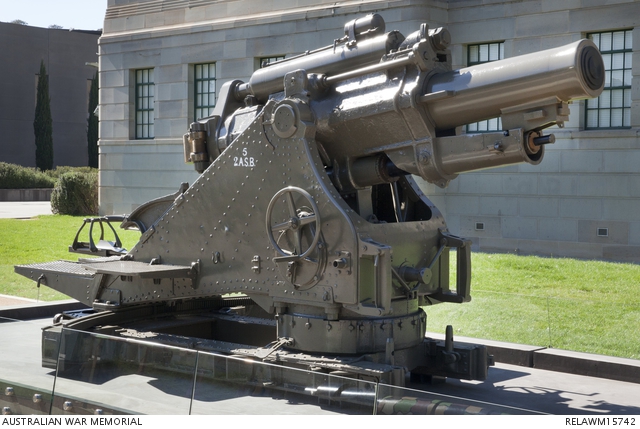

The explosive charge also shattered the shell creating jagged shell splinters. Trenches helped to protect against shrapnel, but even trenches were vulnerable to high explosive shells that burst like dynamite, leaving large craters in the ground and killing and maiming anyone caught in the blast.

This rain of metal, which exploded outward in a shotgun blast, caused terrible injuries to soldiers caught in the open. Shrapnel shells were timed to explode over enemy lines, sending down hundreds of tiny metal balls. The artillery used different shells for different purposes. This gun fired high explosive and shrapnel shells and, later in the war, smoke, incendiary, and gas shells. The work-horse of the British and Canadian armies was the 18-pounder. The field guns were of smaller calibre, lighter, and easier to transport.

GunsĪrmies used both field and siege guns during the war.

More detailed descriptions about “They Shall Not Pass” can be found on Battlefield 1’s official page.Artillery dominated the First World War battlefield and inflicted the majority of casualties. Other highlights of the new expansion pack include a new melee-focused Elite Class, the Trench Raider, who uses the brutal Raider Club and an impressive arsenal of grenades, and a new stationary weapon called the Siege Howitzer, which can be operated by an infantry player and operated through indirect aiming/firing like mortars and artillery in vehicles. Both teams will fight for one flag at a time, leading into the enemy’s HQ control, at which point the game turns into a Rush-style section where telegraph posts need to be attacked or defended. The new Game Mode, “Frontlines,” is a mixture of Conquest and Rush, where players fight for chained control points in a tug-of-war like battle. The four new maps are: “Verdun Heights,” an incendiary uphill battle through a massive forest fire toward the fortresses of Verdun, “Fort Vaux,” a big engagement inside a fort with dark galleries and wet stone corridors, “Soissons,” where The French 10th Army moves to take back Soissons using their planes and powerful Saint Chamond tanks in the early hours of a hot summer day, and “Rupture,” a poppy filled battlefield over a rusty wreck from previous tank battles along the Aisne river.


 0 kommentar(er)
0 kommentar(er)
